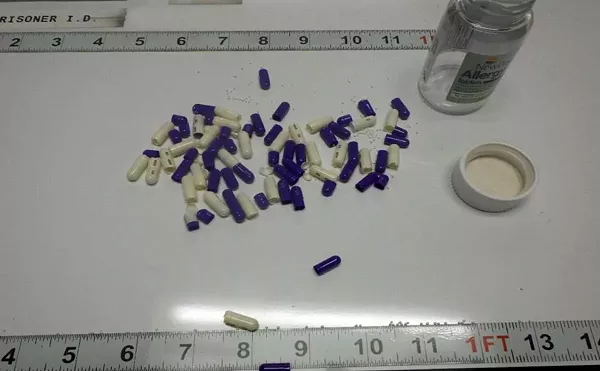Trips to the Detroit Institute of Arts have been a part of my life since I was 10 years old. My mother would take me once a year, where we would spend all day admiring the vast collections. Getting the opportunity to be up close with works by Rembrandt, Botticelli, Van Gogh, and Picasso was like a dream come true. 20 years later, I'm now a professional in the museum industry. The DIA is more than just a place of childhood memories. It is a wonderful collection that has been supported by the community since its inception. Many prominent Detroit residents have donated time and money to see it prosper. Residents of Wayne, Oakland, and Macomb counties are showing their overwhelming support for one of the most premiere museums in the county.
However, the DIA's collections are facing a very real threat: Kevyn Orr. New York based auction house Christie's is returning for a second round of appraisals at a cost of $200,000. While Orr may
be insisting that collections with bequests or stipulations won't be subject to sale or used as collateral, pieces that were purchased by the City of Detroit and not donated are vulnerable.
I went to the DIA to photograph some of the collections that could be sold, mostly as a sarcastic commentary on the situation. For example:
Looking for a new piece of furniture? This 19th century settee was purchased by the city for the museum and could be yours in the near future!
But as I made my way deeper into the museum, I began to notice that while quite a few pieces were acquired through donations, many more were purchased by the city. Items such as:
Henry Fuseli's The Nightmare, 1781.
Rembrandt's The Visitation, 1640.
In all likelihood, the paintings will not be put up for auction. Instead, the DIA collections would most likely be used to secure loans for the city, which is certainly just as unethical as selling the paintings outright. What people need to know is that using the paintings as collateral rarely works out well for anyone. Just ask celebrity photographer, Annie Leibovitz.
So the next time you visit the DIA, whether on a date or for some quality family time, check out the labels next to the artwork. At the very bottom of the label, underneath all of the descriptive text, in super tiny font, you will see how the museum came into possession of the collection piece. If you're like me, every time you see "City of Detroit Purchase", your rage towards Kevyn Orr will increase that much more.
All photographs are by the author.






